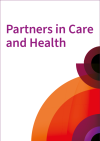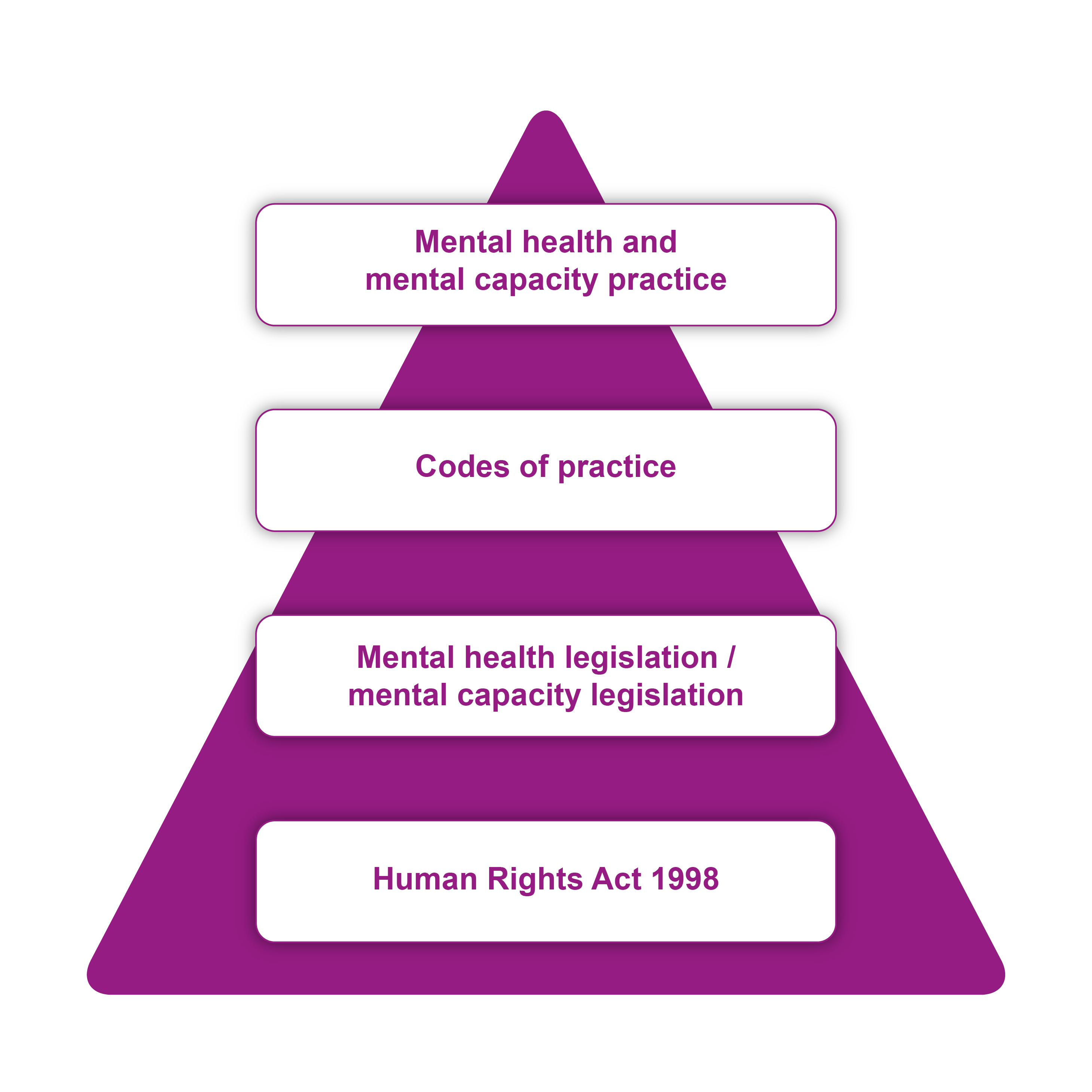In August 2023, Rebecca Bauers, CQC Interim Director of People with a Learning Disability and Autistic People, and Chris Dzikiti, CQC Director of Mental Health, published a new CQC cross-sector policy position statement on restrictive practice, in their August 2023 blog. This highlighted that CQC would be prioritising the reduction in restrictive practices and would expect all providers of health and social care to know what restrictive practice looks like, and to actively work to reduce its use in health and care settings.
The CQC policy position statement – August 2023
The CQC policy position statement explains what is meant by restrictive practice and what it looks like, and it expects the use of blanket policies to be challenged.
It recognises that “most people know and accept that restraint, seclusion, and segregation are more extreme forms of restrictive practice. But there are more subtle forms of restrictive practice that easily become day-to-day normal responses to perceived risk or lack of time. There is the risk that without regular review, the use of restrictive practice can increase gradually over time without really being noticed, and passed off as “just the way we do things here”.
The policy statement recognises that “there are limited situations where restrictive practice could be needed to keep people safe. However, restrictive practice must only be used to prevent serious harm. It must be the least restrictive option, applied for the shortest possible time. It must only be carried out with the correct authorisations beforehand. Any incident where restrictive practice is used must be followed by therapeutic support for the person. There must also be a detailed review of their care plan, which focuses on de-escalating and preventing any future incidents.”
Recognising that restrictive practice can itself cause further trauma, the policy position statement states that:
“Wherever restraint, seclusion or segregation is perceived to be the only safe option, providers must consider whether services were provided which met the needs of the individual and are preventative in their approach to stop situations reaching crisis point. This must include considerations of any failures in people’s care, learning or gaps in listening to and understanding people, and the required proactive system wide joined up working. We expect providers to respond to any restrictive practice by organising timely therapeutic interventions for the person/s subjected to the restrictive practice, to address any trauma caused to them, and to support their future wellbeing.”
CQC “expects everyone in health and social care to be actively working towards reducing the use of restrictive practice, to the point where its use is rare, and it is considered a failure of care across a system. In its place, we expect to see regularly reviewed, person-centred, trauma-informed care plans that are tailored to each individual’s specific needs.”
The role of social care commissioners and contract compliance staff
Colleagues in health and social care need to take immediate steps to identify and reduce restrictive practices in services, where possible, recognising the existing requirement for providers to work towards this reduction. This means that staff and other people who visit adult social care services need to be able to recognise restrictive practices and be informed and alert to this issue. Commissioners should be clear with social care providers that they require commissioned services to work towards the reduction of restrictive practices and that they will challenge such practices if, and when, they come across them. Commissioners should incorporate requirements into service specifications, reviewing evidence during tender evaluation and monitoring evidence of practice in contract compliance visits. Commissioners can refer providers to the Restraint Reduction Network’s quality assurance framework Towards Safer Services, to offer support in planning a reduction in their use of restrictive practices.
Commissioning staff may be informed of restrictive practice via the complaints process or from a safeguarding enquiry. They will need to draw together information from a wide range of people, to check whether restrictive practices are being used in social care services in the local authority area. This information may come from a variety of sources:
- people who are supported by a provider (in their own home, or who live in, or visit, a social care setting)
- peer advocates and quality checkers
- family members or friends
- staff employed by the provider
- visiting professionals, health, social care and education practitioners
- CQC or Ofsted inspectors
- statutory or non-statutory independent advocates
- others who meet people during their day-to-day life.
Local authority contract compliance staff may observe practice themselves, and may also routinely share intelligence with other commissioning staff, such as health or education colleagues, and with safeguarding practitioners and inspectors from the Care Quality Commission or Ofsted.
Training for staff on restraint reduction – required certification
In July 2019, a joint letter was sent to the health and social care sector from CQC, NHSE, LGA, ADASS, HEE and Skills for Care to introduce and endorse the Restraint Reduction Network’s training standards and certification scheme on restrictive practices. The letter explained that NHS had commissioned the Restraint Reduction Network to develop standards for training as part of their work to reduce reliance on restrictive practices in mental health units. The standards are designed to apply in services for adults and children, including education and social care settings.
The standards continue to provide a national benchmark for training in restrictive practices and have been endorsed by a number of professional bodies, charities and arm’s length bodies, and the letter stated that “local authority commissioners should now refer to the Restraint Reduction Network Training Standards (instead of the BILD Code of Practice)”, and explained that “training services can be certified as complying with the Restraint Reduction Network Training Standards. Certification must be accredited by the UK Accreditation Service (UKAS) as complying with the ISO standards for certification. UKAS is the national accreditation body for the United Kingdom. UKAS ensures the competence, impartiality & integrity of the certification scheme.”
The letter announced that CQC would expect services across health and social care to use certified training. It was circulated via relevant networks to ensure all relevant professionals, commissioners, service providers, and training organisations were aware of the new standards and certification process. It encouraged commissioners to require, through contracts, that “training services that include restrictive practices are certified (by UKAS accredited body) as complying with the Restraint Reduction Network Training Standards”. It also encouraged “all relevant service providers (across health and social care) who commission training to check that their training provider is working towards certification (that is, UKAS accredited) as complying with the Restraint Reduction Network Training Standards.”.
In November 2020, a further joint letter was sent to all relevant service providers to say that all those who commissioned training in restrictive practice should check that the training is certified, because from April 2021, CQC would expect all services across health and social care to only use training in restrictive practices that is certified as complying with the Restraint Reduction Network training standards.
Certification is via Bild Association of Certified Training. There are three categories of training provider on the certification journey:
- certified training services
- affiliate organisations
- organisations who are working towards certification
Providers and commissioners of health and care services can check whether a trainer is certified on the Bild certified organisations website. They can also check whether a training organisation is currently working towards certification but are not yet delivering certified training. A certified trainer will also have a certificate. If the training is not certified, it is not compliant with CQC expectations.
Social Care commissioners should satisfy themselves during the tendering process that commissioned providers only use training (where training includes restrictive practices) that is certified as meeting the RRN training standards, in line with CQC requirements. Please note, however: this CQC requirement applies in CQC-inspected settings that provide services for children. But where the setting is regulated and/or inspected by Ofsted/DfE only, then CQC would have no involvement and education and social care providers are permitted to use trainers that are not UKAS accredited/certified by BILD, if they wish.


